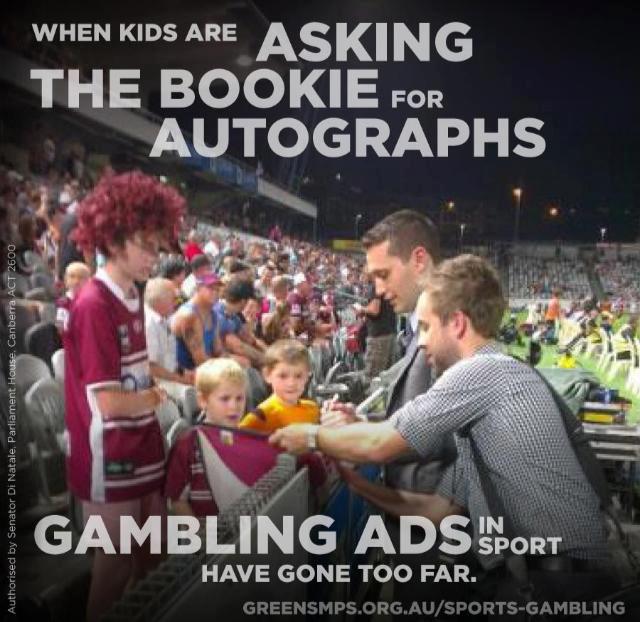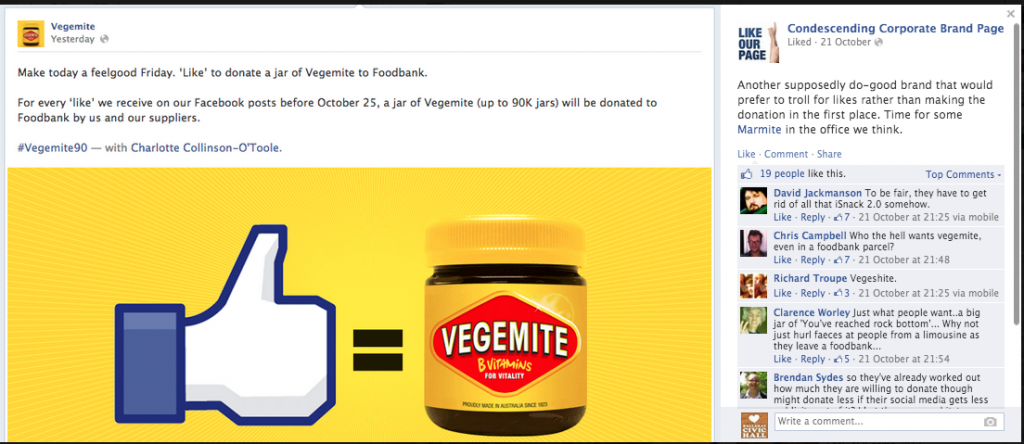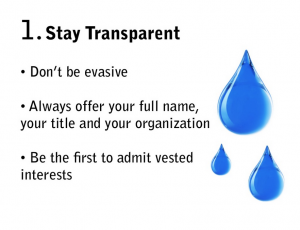Managing social relationships is a big part of what I do every day. Not as part of my studies in social media marketing, but in my work, both paid and voluntary.
For instance, in managing the various social networks for different organisations and brands I use a variety of tools. I use Buffer and Hootsuite to help me listen in to what’s happening on social media and manage multiple admins for different accounts.
I use Google Alerts to monitor media and conversations that include my boss, Colleen Hartland, what Ballarat City Council is up to locally and issues I’m involved in such as Ballarat Civic Hall.
Possibly the most useful Social CRM tool I’ve come across is Mention. Not only does it provide great monitoring of conversations, particularly what’s happening on social media, it connects to your social media accounts so you can respond right there in the app or even assign it to other social media managers if you’re in a large organisation.
I recently came across an example of perhaps some poor social relationship management. Tom Waterhouse had a paid post on Facebook to promote a special offer. Knowing these offers are illegal in Victoria and being someone who is concerned about the prevalence of problem gambling and the damage done, I thought I’d take a look at the responses they were getting. Take a look at the comments here.
It’s particularly poor form from Tom Waterhouse to be promoting an offer that cannot be claimed by people in Victoria or South Australia in those states. Facebook allows advertisers to target who they want their ads to reach, including allowing for ads to be targeted geographically. Clearly they want to attempt to defy the law and use the promotion in Victoria and South Australia, likely to result in dissatisfied customers who may sign up and spend money before they realise they can’t claim the offer.
There’s no doubt that Tom Waterhouse as a brand has received a lot of negative comment and bad social media. Their approach hasn’t changed, so perhaps they feel they are reaching the audience they want and managing the relationships that are important to them. However it does not seem likely to last. Just by searching ‘Tom Waterhouse’ on Google, negative Facebook pages come up on the first page of results.
Campaigns are hooking into the negativity that people feel about his saturation of advertising and promotions.
The gambling ad spoof campaign run by the Victorian Responsible Gambling Foundation called ‘Kid Bet’ is a satirical take on Tom Waterhouse ads.
It would be interesting to know if anyone at tom Waterhouse is concerned about all this and what their strategies are to deal with it, because there seems to be little successful relationship management happening on the face of it.




